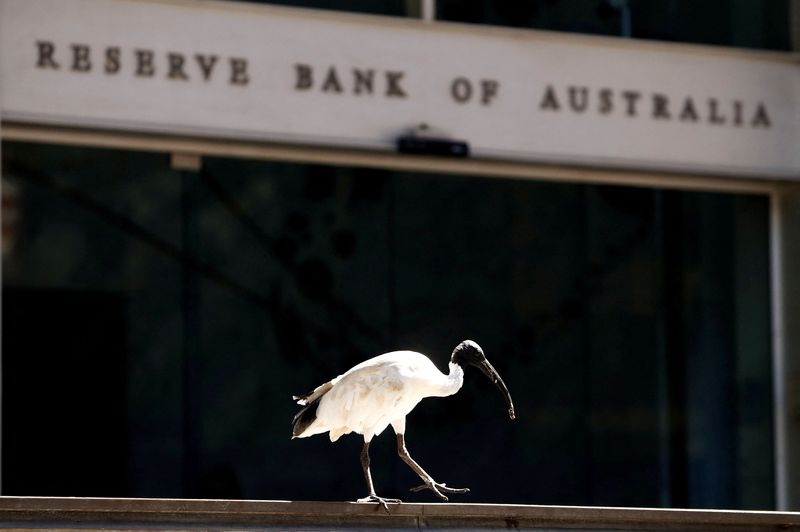SYDNEY, Sept 26 (Reuters) – Australia’s central bank on Thursday cautioned borrowers against taking on excessive debt when interest rates start to fall and risking a boom/bust cycle, though it judged the financial system remained resilient overall.
In its semi-annual Financial Stability Review, the Reserve Bank of Australia (RBA) again highlighted the resilience of households, businesses and banks in the face of decade-high interest rates and painful inflation.
A small but growing share of mortgage holders were falling behind on payments, and an increasing number were making the difficult choice to sell their homes to escape default.
Yet, the share of borrowers experiencing severe financial stress remains small at less than 2%, the RBA said, while 0.5% of loans in arrears were also in negative equity.
The RBA expects household budget pressures to ease once interest rates start to fall, but also saw dangers in that.
“Domestic vulnerabilities could increase if households respond to any easing in financial conditions by taking on excessive debt,” said the RBA in a 45-page review, warning that the risk could be magnified if lending standards drop.
It still judged that the vast majority of borrowers would be able to service their debt under a range of scenarios and with some selling their properties to repay their loans and avoid defaulting, the risk to the financial system remains limited.
The central bank has kept rates steady since November, judging that the cash rate of 4.35% – up from a record-low 0.1% during the pandemic – is restrictive enough to bring inflation to its target band of 2-3% while preserving employment gains.
Policymakers have ruled out a near-term reduction in interest rates as it waits for inflation to cool further.
Fortunately, data out on Wednesday showed headline inflation slowed to 2.7% in August, back in the target band, while the core measure eased to 3.4%, keeping a rate cut by the year end in play. Swaps imply a 72% chance for an easing in December
Much of the review was focused on risks from offshore, where operational vulnerabilities from a digitalised world, imbalances in China’s financial sector and disorderly adjustments in global asset prices could spill over to Australia’s financial system.
It saw risks to the financial system from the mass adoption of AI and cloud computing which was concentrated in a few third party providers, making the system vulnerable to outages and cyber attacks.
Domestically, the RBA reiterated that banks are well-capitalised and even though arrears in non-bank lenders’ loan book have picked up, risk to financial stability remained contained.
It also noted that business insolvencies had increased, but were still only slightly above pre-pandemic levels.

